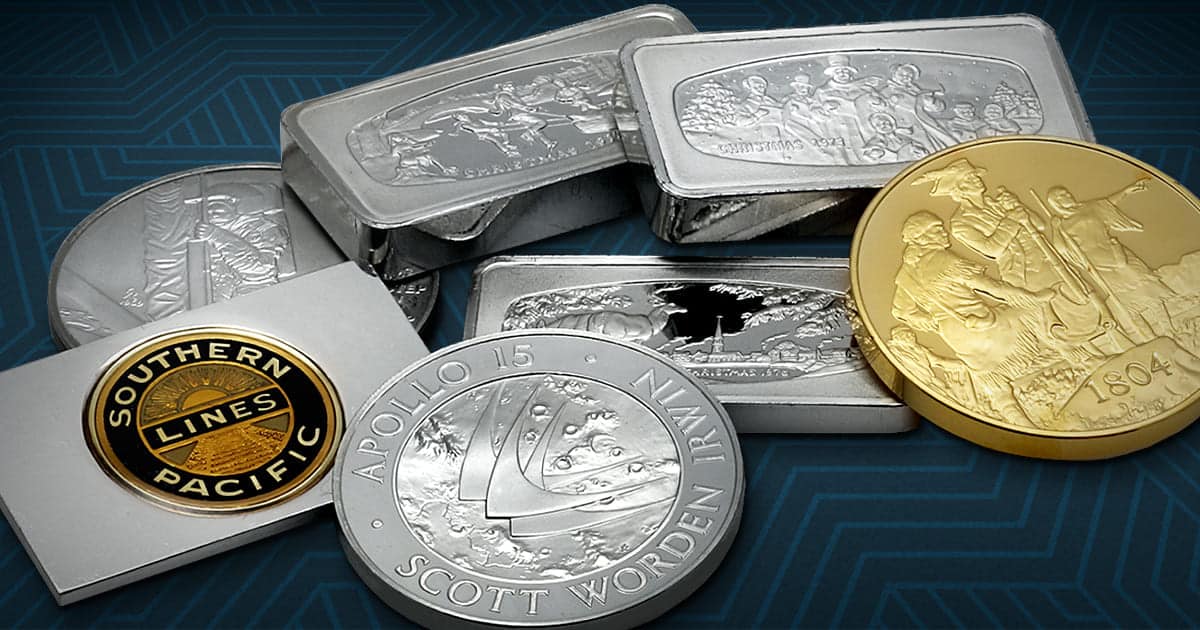
What is the Difference Between Sterling Silver and Fine Silver?
Sterling silver is an alloy with a silver purity of 92.5%, which is commonly expressed as 925. The remaining 7.5% is often copper, but other metals like zinc and nickel may be used.
Sterling silver is different from pure silver or fine silver in terms of purity, price, and strength.
Fine Silver is silver with a 99.9% purity or greater. This is sometimes called three-nines fine silver. The International Standards Organization (ISO) set the standard for fine silver.
Sterling silver is stronger and less expensive than fine silver because of its lower purity.
The Uses of Sterling Silver
Fine silver is naturally soft. Because other metals reinforce it within the alloy, 925 silver, or sterling silver, is more robust than fine silver and is thus better suited for making durable goods and wares.
This strength and affordability lend themselves to various applications, including flatware, jewelry, tableware, electronics, and photography.
Sterling silver is easier to solder than fine silver because fine silver melts at lower temperatures, making it exceedingly difficult to solder.
If you have sterling silver items, it is important to store them in a cool, dark place and use a polishing cloth to prevent tarnish from forming. While sterling silver is stronger than fine silver, it can still dent and scratch, so it is important to handle it with care.
How to Tell Sterling Silver from Fine Silver
If you are unsure whether an item is sterling silver or fine silver, look for the fineness mark, represented by at least 3 digits. Sterling silver will have a 925, while fine silver will have a 999, 9999, or even 99999. If there is a 900 mark, this is coin silver, also called junk silver and sometimes constitutional silver.
Other metals in the sterling silver alloy can alter the color. Alloys that use copper will have a reddish tint, for example. Some sterling silver is rhodium-plated or nickel-plated to prevent tarnishing and present a brighter, whiter appearance.




